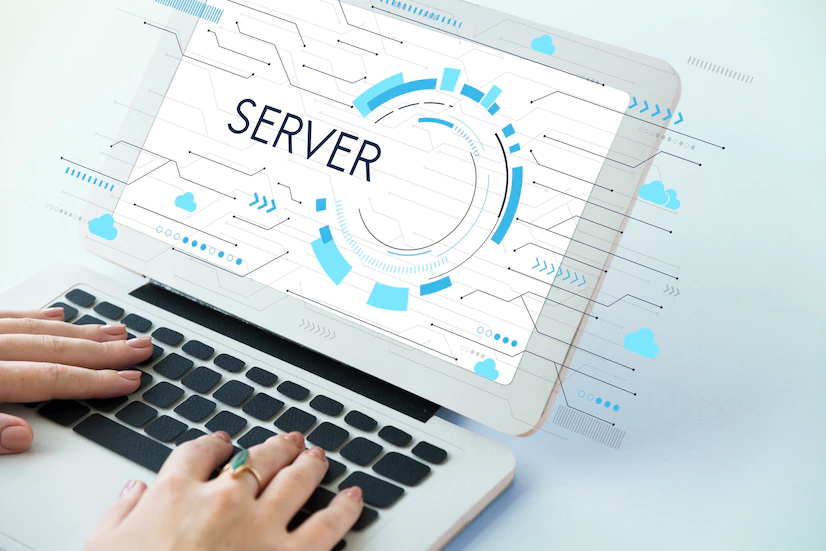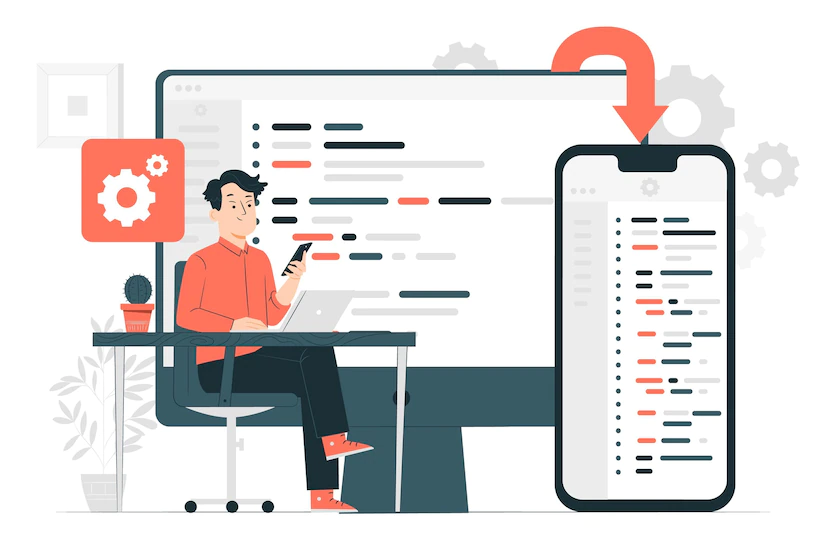Invoicing clients is one of the essential steps to keep your freelance business going. After all, there is only so much you can do without a paycheck. For many Freelancers, writing invoices for freelance work is less than thrilling. Luckily, plenty of amazing tools help make invoicing easy, saving you the time you can spend doing billable work.
Below is a step-by-step guide to mastering freelancer invoices for a successful, growing business.
1. Use Cloud Accounting Software

Cloud accounting software makes it easy to send and track invoices online. Moreover, cloud accounting software slashes your billing time in half, facilitating timely payments.
Cloud accounting software sends automated payment reminders, giving your clients a gentle reminder to compensate you for your work. Even better, all important information gets stored in the cloud, so you do not have to worry about hard disk drive failure.
2. Use Blank Invoice Templates
Blank invoice templates can put your freelance business in a favorable position. They save you time because once a template gets set up, all you need to do is populate the required fields instead of adding required from scratch for all billing runs.
Blank invoices also make the payment process easier. You can email your modified invoice template as soon as you finish working on it. It means that your clients will get your invoices faster and settle the outstanding payment sooner.
3. Get The Right Freelance App

Freelance apps make creating customized invoices with your business’s logo easy. They allow you to store information for each client, leaving behind a record of your business. They also simplify and expedite any future freelancer invoice you wish to create.
Freelance apps allow you to create versions of your invoice in other languages. It is especially useful if you have clients whose native language is not one you speak.
Freelance apps are flexible, allowing you to make changes to your invoices on the go, including:
- Adding Additional Services;
- Combining Multiple Invoices;
- Allowing Payment in Different Currencies; and
- Changing the Pay by Date or Deliverable Date.
4. Use Calendars

If you run a schedule-based freelance business, your calendar is one of the best tools that can help keep your business afloat. Even though a full schedule is always a good thing in business, timely payments are what really count.
With a calendar, you can enjoy various benefits, including:
Time Tracking:
You can find all your work hours by looking at your calendar.
Time-Saving:
You can import details from your preferred calendar to create and send invoices on the spot.
Accurate Invoicing:
Calendars automatically find and summarize your billable hours without you having to do so manually.
Faster Freelancer Invoice Creation, Faster Payments
As a freelancer, you have to act as an accountant, an account manager, and head of Human Resources while handling your projects. You are a one-person band. Fortunately, the above tips will help you spend less time invoicing and allow for faster payments. Master your freelancer invoices and grow your business today.
Additional:






















